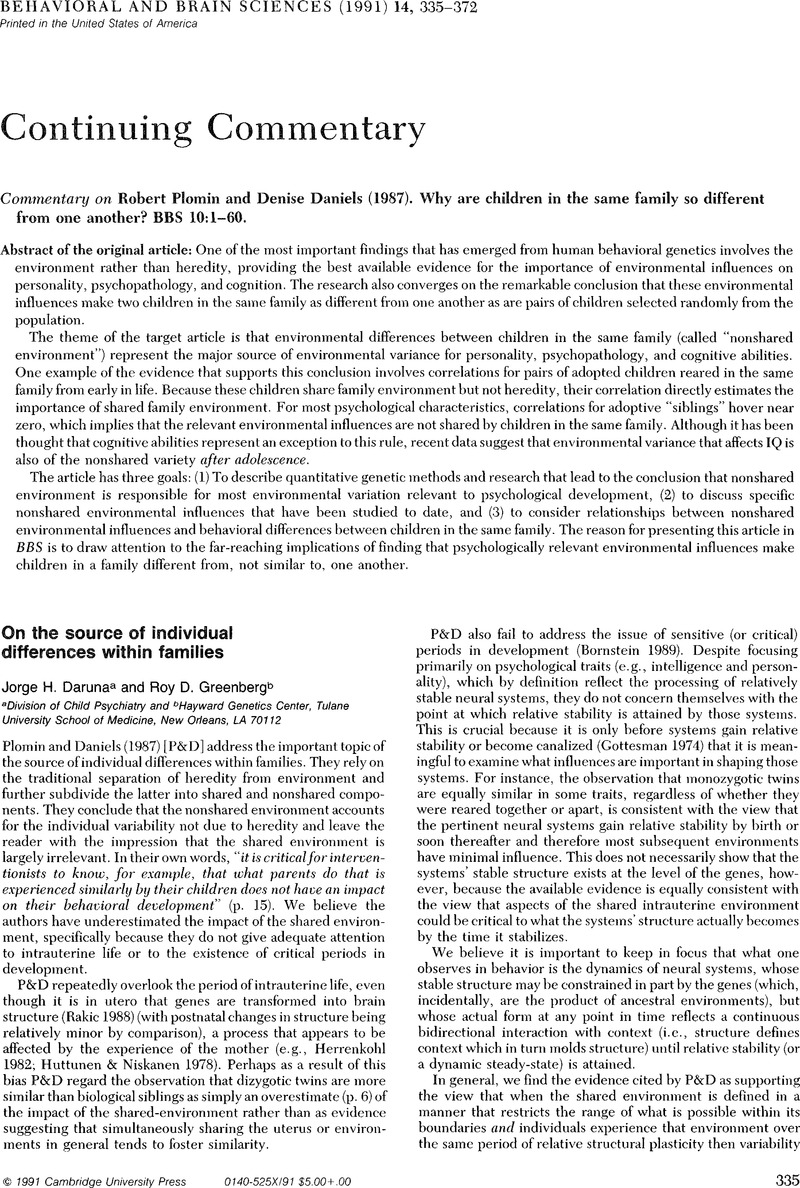Crossref Citations
This article has been cited by the following publications. This list is generated based on data provided by Crossref.
Welch, Amy S.
Wadsworth, Martha E.
and
Compas, Bruce E.
1996.
Adjustment of children and adolescents to parental cancer: Parents' and children's perspectives.
Cancer,
Vol. 77,
Issue. 7,
p.
1409.


